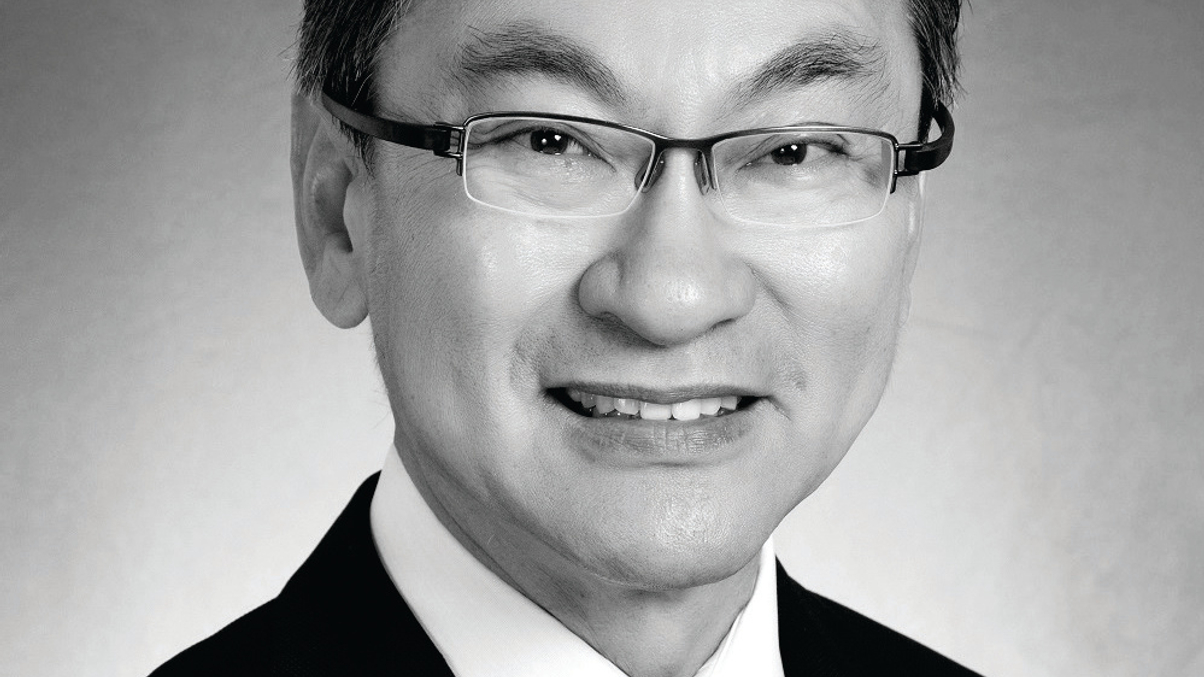Rising stars of private equity: part 1
AsianInvestor has identified eight PE firms taking the lead in operations, localisation and specialisation, or re-engineering traditional strategies for a more demanding client base. We detail the first four today.

The private equity industry has been receiving a lot of bad press in the past year or so, about issues such as overcharging and lack of transparency when it comes to fees.
Sign in to read on!
Registered users get 2 free articles in 30 days.
Subscribers have full unlimited access to AsianInvestor
Not signed up? New users get 2 free articles per month, plus a 7-day unlimited free trial.
¬ Haymarket Media Limited. All rights reserved.


